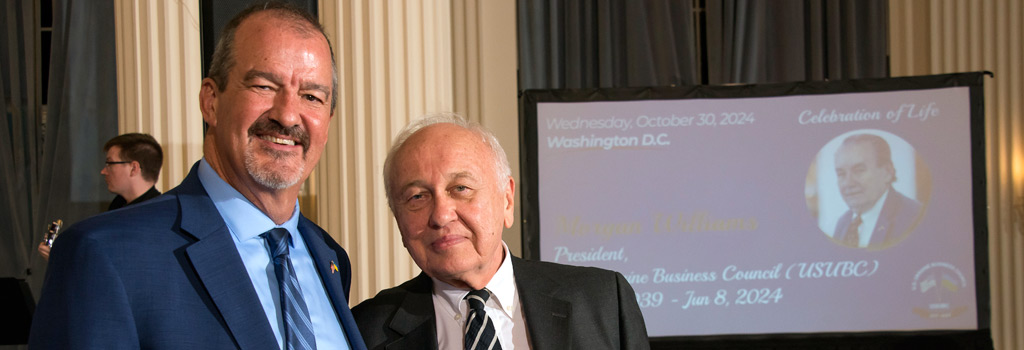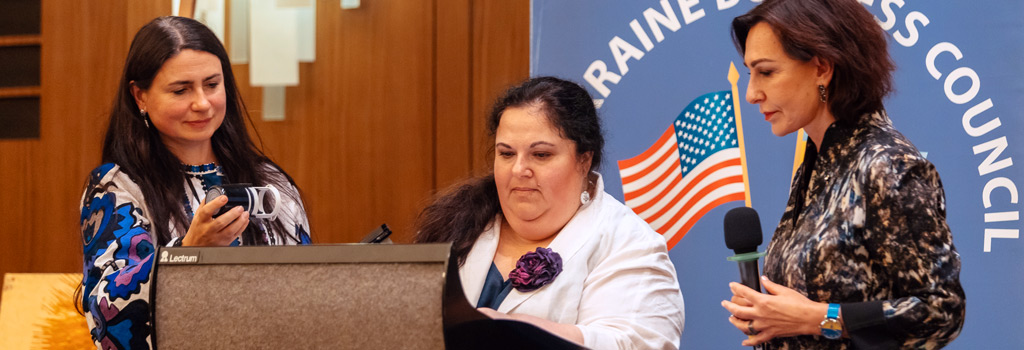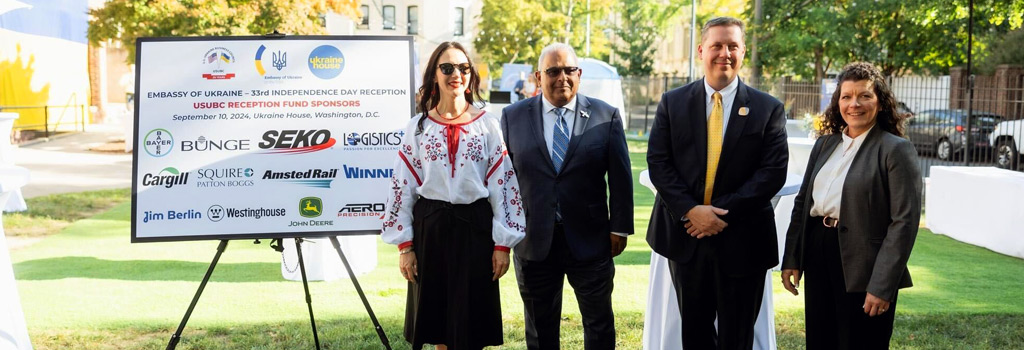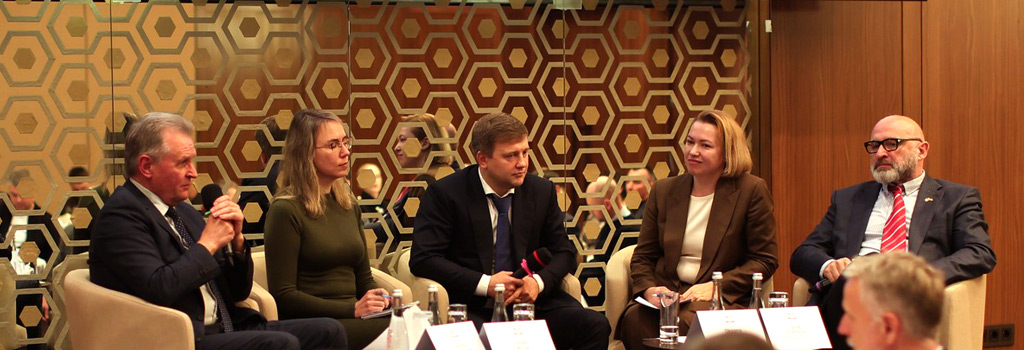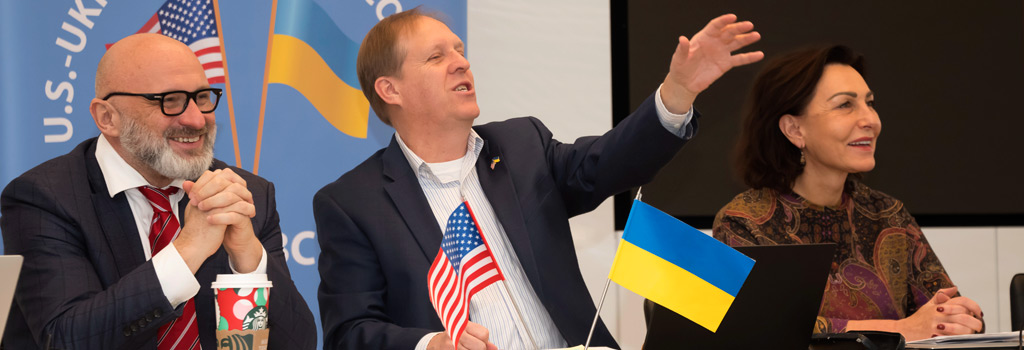Featured Galleries USUBC COLLECTION OF OVER 160 UKRAINE HISTORIC NEWS PHOTOGRAPHS 1918-1997
 Holodomor Posters
Holodomor Posters

PLANS TO RETROACTIVELY REDUCE GREEN TARIFFS
CAUSING CONCERN OVER UKRAINE’S INVESTMENT CASE
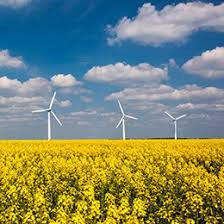
Tomas Cutts, Senior Reporter, Russia, CIS & CEE
Debtwire, Acuris, London, UK, Thu, July 9, 2020
London--The Government of Ukraine’s approach to retroactively cut tariffs for green energy projects developed in the country are causing concern among investors and damaging the country’s investment case, according to market participants polled by Debtwire.
Legislation on Ukraine’s green energy tariffs was first introduced under the Viktor Yanukovych government, and after the 2014 revolution was revised again and upgraded in 2015 and 2017 to conform with Ukraine’s clean energy objectives under its EU Association Agreement, according to one Ukraine-based renewables investor.
The latter update put in place the power purchase agreement (PPA), which became the cornerstone of an offtake agreement, the investor added.
The Ukrainian government has been supporting renewable energy generation through feed-in tariffs. These amounted to EUR 150 per megawatt hour for solar and around EUR 101.8 per megawatt hour for wind. Annual state payments will amount to around EUR 1.8bn over the next 10 years, according to CMS lawyers.
These prices correspond to projects completed between 2017 and 2019. For wind projects commissioned from 2020, the tariff is EUR 90.47 cents per megawatt hour (a 10% reduction from the tariff for 2017-2019-commissioned projects, as foreseen by the existing legislation), the investor said.
The government considers the feed-in tariffs too high. However, the investor noted that the level of the tariffs reflects the short term for the PPA, which extends through to 2029. A PPA with a longer tenor of 20-25 years would be more standard by international practices and would relieve pressure on the state offtaker, he said.
The government’s decision to revisit the feed-in tariffs in October last year caused some companies to put due diligence for their projects on hold, the investor noted.
Sentiment impacted
The government’s plans to retroactively cut tariffs for green energy producers has caused alarm in the investment community.
The US-Ukraine Business Council (USUBC) stated on 22 May that it, “remains [of the opinion] that any retroactive change to a country’s legislation which results in worse-than-before business conditions for investors are counter to those investors’ rights under numerous international treaties and absolutely detrimental to the international perception of the country’s investment attractiveness.”
The move is negative for the country’s investment case, agreed two Ukraine-based analysts. People are rightly worried that the government is retroactively reducing the amount it pays for green energy, one of the analysts added.
Clouds are already forming on the horizon of the Ukraine investment case given rising concerns over the independence of the National Bank of Ukraine following the resignation of Governor Yakiv Smoliy last week, citing "systemic political pressure".
The USUBC said in its statement from 22 May that it, “is encouraged by the news that, after prolonged negotiations between RES [renewable energy sources] investors and Ukraine’s authorities, the text of the Memorandum of Understanding (MOU) is now being drafted. We hope that the MOU will [...] be signed by both sides as soon as possible, so that the critical issues which accumulated in the energy sector since last October can be resolved. We also hope that both Ukraine’s authorities and investors are ready to undertake certain concessions in order to restore confidence and operational excellence at the energy market.”
However, each proposal put forward by the renewables industry has been met with increasingly draconian suggestions by the government, said the investor.
This has led to the Memorandum of Understanding (MoU), which does not include any PPA extension, just a haircut of 7.5% for wind producers and 15% for solar producers of 2017-2019-commissioned projects, he added.
Although wind producers take the view that the haircut could be worse and have indicated their support for the MoU, for solar producers, the measures go too far, and they are pushing for a two-year extension to the PPA, the investor noted.
The two-year extension of the green tariff duration was proposed by Dutch development bank FMO, Norwegian ECA GIEK and Nordic Environment Finance Corporation (NEFCO) initially, and then by a separate group of about 120 companies mostly in the solar sub-sector, according to a spokesperson for USUBC.
The problem is that banks need to see consent before they provide financing, and therefore a majority of solar and wind investors need to agree on the MoU for this to happen, the investor continued.
The bill is expected to go through its second reading before Ukraine’s parliament, the Rada, breaks for the summer. The legislation could potentially be amended to include the solar producers’ request for a PPA extension, according to the investor. The Verkhovna Rada has already approved one reading.
US lawmakers, among others, have encouraged the government to pursue a consensual approach with renewable energy investors.
“It is our understanding that your Administration seeks to restructure the Government of Ukraine’s obligations to renewable energy producers by revising the existing legislation that established a State feed-in tariff regime. It is on the basis of this legislation that American companies and other entities invested in Ukraine’s renewable energy sector, under good faith that successive governments would uphold and respect that legislation. We appreciate your engaging the Energy Community Secretariat in a mediation process with industry players to achieve a consensual solution to form the basis of this restructuring of the Government’s obligations,” US Congresswoman Marcy Kaptur and Congressman Mike Quigley said in a letter to President Volodymyr Zelensky on 2 July.
“For these reasons, we encourage you to proceed with this consensual approach in negotiations with both wind and solar investors and industry players as you seek to restructure the legislation that has served as the basis for their respective investments. Maintaining the integrity of this approach would be recognized as a substantial achievement and would bolster Ukraine’s credibility in attracting further foreign direct investment in its energy sector and other sectors of Ukraine’s economy,” Kaptur and Quigley added in their letter.
Government underpayments
In addition to lower tariffs, investors in Ukraine’s renewable energy space have actually been underpaid by the government for their electricity.
In July 2019, the state offtaker was changed from Energorynok to the Guaranteed Buyer, as foreseen by Ukraine’s legislation for electricity market reform, but the state did not sufficiently provide funding for the latter. As such, since March this year energy producers have been getting paid 8%-9% of what they should be for their electricity, according to the investor.
This creates a funding gap and working capital shortfall for renewable energy investors, the first analyst said.
Part of the MoU states that the government will rectify delays in payments for electricity, but it already should be doing this by law, the investor added. In the current context, “The government is effectively saying take our proposal or go bankrupt,” the investor said.
Furthermore, the USUBC noted in its 22 May statement that despite an obligation to take full production of renewable energy sector (RES) producers, they have had to face curtailments of electricity generation on state orders since November last year.
The problem is that the Guaranteed Buyer was not prepared for the boom in Ukrainian renewable energy generating projects, especially for solar projects.
The government apparently did not expect that so many green energy generating projects would actually be built. The share of renewables in Ukraine’s energy mix has increased to just under 10% now from around 1% five years ago , the second analyst said.
The second analyst added that the high cost of renewables compared to the subsidised cost of coal-fired thermal power and nuclear power has contributed to the Guaranteed Buyer’s deficit.
“We hope that the financial liquidity of State Enterprise “Guaranteed Buyer” is very promptly restored and its liabilities before the RES producers, which by now amount to about [UAH 9bn], are paid in full. Loans from state-owned banks or IFIs should be utilized, if needed, and UkrEnergo’s transmission tariff, which is a principal source of funding for the “green tariffs,” should be reviewed,” the USUBC said in its 22 May statement.
While properly funding the Guaranteed Buyer would solve these problems, the process is not as simple as it may seem.
The government does not want to put the burden of covering the Guaranteed Buyer’s deficit on consumers. Household electricity price hikes are politically unpopular, and with local elections in October, the government will not make any such moves, the second analyst said.
Acting Energy Minister Olha Buslavets said in an interview with Radio Liberty that the government will not raise electricity tariffs for the population.
Other energy producers are also likely to be unhappy if their electricity fees are cut to subsidise the Guaranteed Buyer’s purchase of renewable energy. Oligarchs, who have a hold on such sectors of the economy, will come out against it, the second analyst added.
One such oligarch actually stands with one foot on either side of the fence. Rinat Akhmetov owns energy company DTEK, which owns coal-fired thermal plants but has also invested heavily in green energy producer DTEK Renewables, which is now the second largest player in Ukraine’s renewables space, according to reports.
But although people are spooked by the government’s moves on green energy, DTEK Renewables bonds have been fairly resilient, according to the first analyst.
The company’s EUR 325m 8.5% 2024s dropped from 89-mid on 29 May to 76.75 on 1 June but have since recovered and are today (9 July) quoted at 88.75, according to IHS Markit.
Even after planned reductions in government payments, the company will remain solvent and will be able to service its debt, he added.








